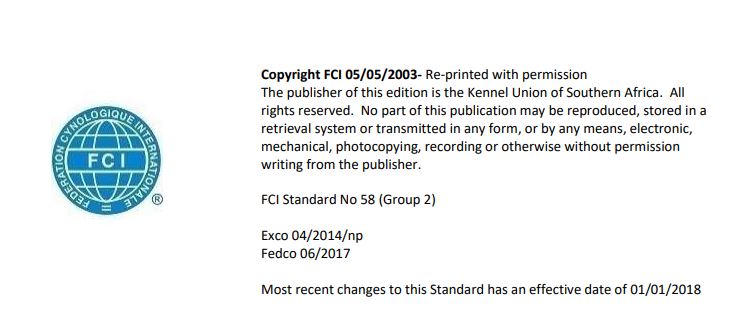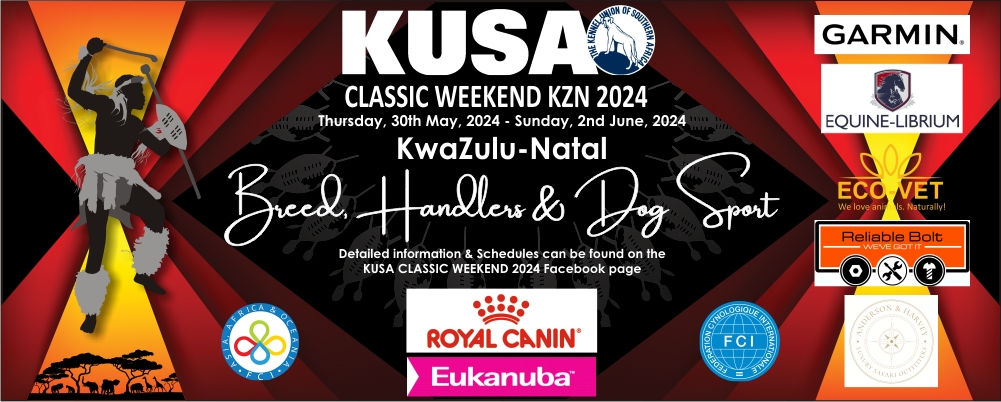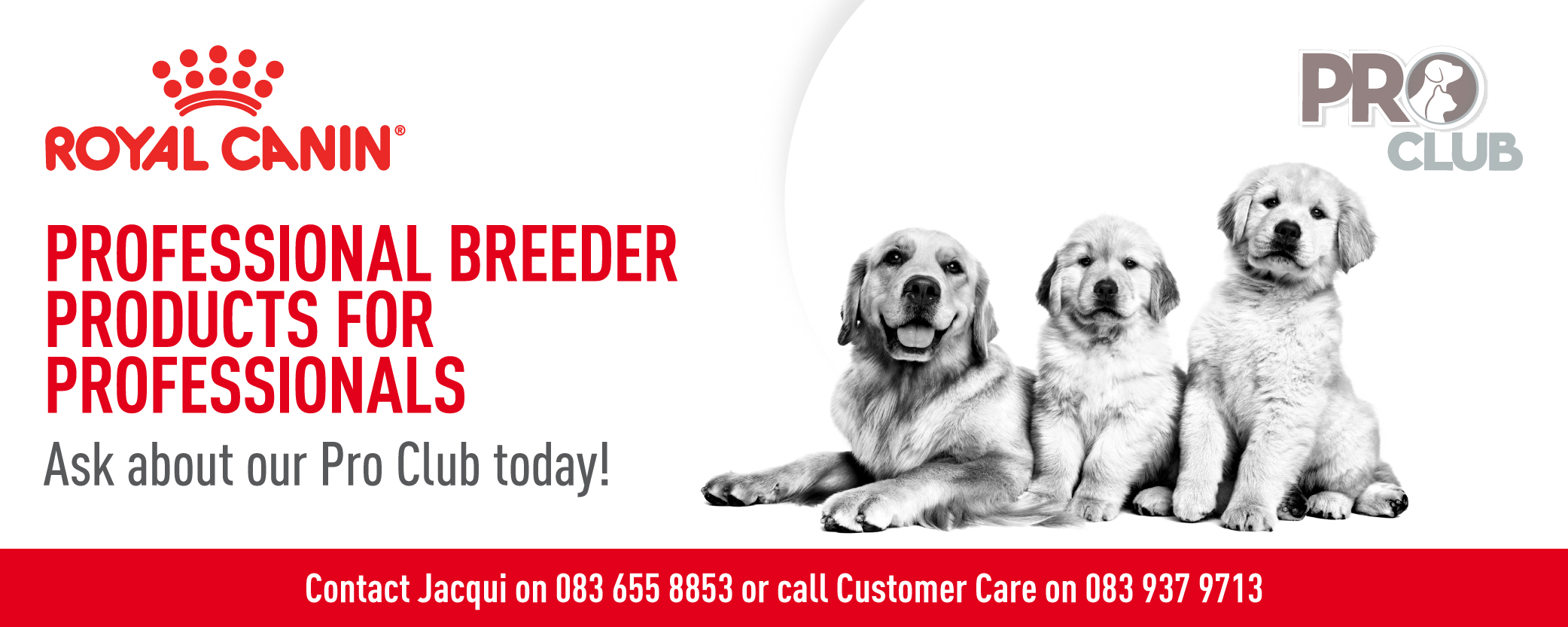Great Swiss Mountain Dog (Grosser Schweizer Sennenhund)

A Breed Standard is the guideline which describes the ideal characteristics, temperament and appearance of a breed and ensures that the breed is fit for function with soundness essential. Breeders and judges should at all times be mindful of features which could be detrimental in any way to the health, welfare or soundness of this breed.
UTILIZATION:Originally watch and draught dog. Nowadays also companion, guard and family dog.
BRIEF HISTORICAL SUMMARY:
In 1908, at Langenthal, on the occasion of the jubilee show to mark 25 years of existence of the “Schweizerische Kynologische Gesellschaft” (Swiss Kennel Club) SKG, two short-haired Bernese Mountain Dogs were presented to the great promotor of the Swiss Mountain Dogs, Prof. Albert Heim. He recognized them to be representatives of the old, vanishing, large Mountain Dog or butcher’s dog, whose ancestors had in the past been widely spread across Europe, bred as guard-, draught- or droving-cattle dogs. In 1909 they were recognized by the SKG as a separate breed being registered in volume 12 of the Swiss Stud Book. In 1912, the club for “Grosse Schweizer Sennenhunde” was founded in order to promote this breed and keep it purebred. The first standard was published by the FCI not before February 5th, 1939. Today these dogs are also bred in other European countries, they are especially appreciated as family dogs due to their calm, reliable temperament.
GENERAL APPEARANCE:
A tricolour, sturdy, heavy boned and well muscled dog. In spite of his size and weight, he presents endurance and agility. The difference between the sexes is distinctly obvious.
IMPORTANT PROPORTIONS:
• Body length (measured from the point of the shoulder to the point of the buttock) to height at withers = 10 : 9.
• Depth of chest to height at withers = 1 : 2.
• Length of skull to length of muzzle = 1 : 1.
• Width of skull to width of muzzle = 2 : 1.
BEHAVIOUR /TEMPERAMENT:
Self-confident, alert, watchful and fearless in everyday situations. Good-natured and devoted towards people familiar to him. Self-assured with strangers. Medium temperament.
HEAD:
Strong corresponding to the body, but not heavy. Dogs stronger in head than bitches.
CRANIAL REGION:
Skull: Flat and broad. The frontal furrow beginning at the stop gradually runs out towards the top.
Stop: Hardly pronounced.
FACIAL REGION:
Nose: Black.
Muzzle: Strong, longer than its depth. Must not be pointed, seen either from above or in profile. Nasal bridge straight, without furrow.
Lips: Barely developed, well fitting. Black pigmentation. Not pendulous.
Jaw/Teeth: Strong jaws; complete, strong and regular scissor bite. The absence of two teeth (premolar 1 and/or premolar 2) is tolerated. Absence of the molars 3 (M3) is not taken into account.
Eyes: Almond-shaped, of medium size, neither deep set nor protruding. Hazel to chestnut brown, with alert, friendly expression. Lids close fitting. Eye rims dark.
Ears: Of medium size, triangular and set on fairly high. In repose hanging flat and close to the cheeks, but raised forward when attentive. Well covered with hair, both inside and outside.
NECK:
Strong, muscular, rather thick-set. Without dewlap.
BODY:
Slightly longer than its height at the withers.
Back: Moderately long, strong and straight.
Loins: Broad and well muscled.
Croup: Long and broad. Gently sloping. Never higher than the withers or abruptly slanting.
Chest: Strong, broad, reaching to the elbows. Seen in cross section, the ribcage is roundish oval shaped, neither flat nor barrel-shaped. Forechest well developed.
Belly and underline: Belly and flanks barely tucked up.
TAIL:
Set-on harmoniously following the croup, fairly heavy and reaching to the hocks. Pendulous in repose; when alert and in movement carried higher and slightly curved upwards, but never curled or tilted over the back.
LIMBS
FOREQUARTERS:
General appearance: Straight and parallel when seen from the front, set rather broad.
Shoulders: Shoulder blade long, strong, well laid back, close-fitting to the body and well muscled, forming a not too obtuse angle with the upper arm.
Forearm: Heavy boned and straight.
Pasterns: Firm, seen from the front in straight line with the forearm; seen from the side almost vertical.
HINDQUARTERS:
General appearance: Straight and not too close when seen from the back. Metatarsus and feet turning neither in nor out. Dewclaws must be removed except in countries where their removal is forbidden by law.
Upper thigh: Fairly long, broad, strong and well muscled.
Stifle: Forming a distinctly obtuse angle.
Lower thigh: Fairly long.
Hock: Strong and well angulated.
FEET:
Strong, pointing straight ahead, with well-knit, well arched toes and strong nails.
GAIT/MOVEMENT:
In all gaits, balanced movement with good reach. Free stride reaching well out in front with good drive from the hindquarters. At the trot, coming and going, legs moving forward in a straight line.
COAT
Hair: Double coat consisting of thick, outer coat of medium length and dense undercoat. The latter as dark grey or black as possible. Short outer coat permissible if there is undercoat.
COLOUR:
Typically tricolour. Main colour black with symmetrical, reddish-brown (tan) markings and clean white markings. The reddish-brown colour is situated between the black and the white markings on the cheeks, above the eyes, on the inside of the ears, on both sides of the forechest, on all four legs and underneath the tail. The white markings are on the head (blaze and muzzle), running down unbroken from the throat to the chest, also on the feet and the tip of the tail. Between the blaze and the reddish-brown markings above the eyes, a band of black should remain. A white patch on the neck or a white collar around the neck are tolerated.
SIZE:
Height at withers for males: 65 – 72 cm,
Height at withers for bitches: 60 – 68 cm.
FAULTS:
Any departure from the foregoing points should be considered a fault and the seriousness with which the fault should be regarded should be in exact proportion to its degree and its effect upon the health and welfare of the dog.
- Unreliable behaviour.
- Absence of any teeth other than 2 PM1 and /or PM2 (Premolar 1 or 2). The M3 are not taken into account. Level bite.
- Light eyes. Lids not close fitting.
- Coat: Visible yellow-brownish or light grey undercoat.
- Colour and markings not clear.
- Mismarking :
- Absence of white markings on the head; blaze too wide.
- White marking on muzzle reaching distinctly beyond the corners of the mouth.
- White pasterns or hocks (“boots”) reaching beyond the pastern joints or hock joints.
- Noticeably asymmetrical markings.
DISQUALIFYING FAULTS:
- Aggressive or overly shy dogs
- Any dog clearly showing physical or behavioural abnormalities shall be disqualified.
- Over- or undershot mouth, wry mouth.
- Entropion, ectropion.
- One or two blue eyes (Wall eye).
- Short coat without undercoat.
- Long coat.
- Other than tricolour coat.
- Main colour other than black.
N.B.:
Male animals should have two apparently normal testicles fully descended into the scrotum.
Only functionally and clinically healthy dogs, with breed typical confirmation should be used for breeding.







